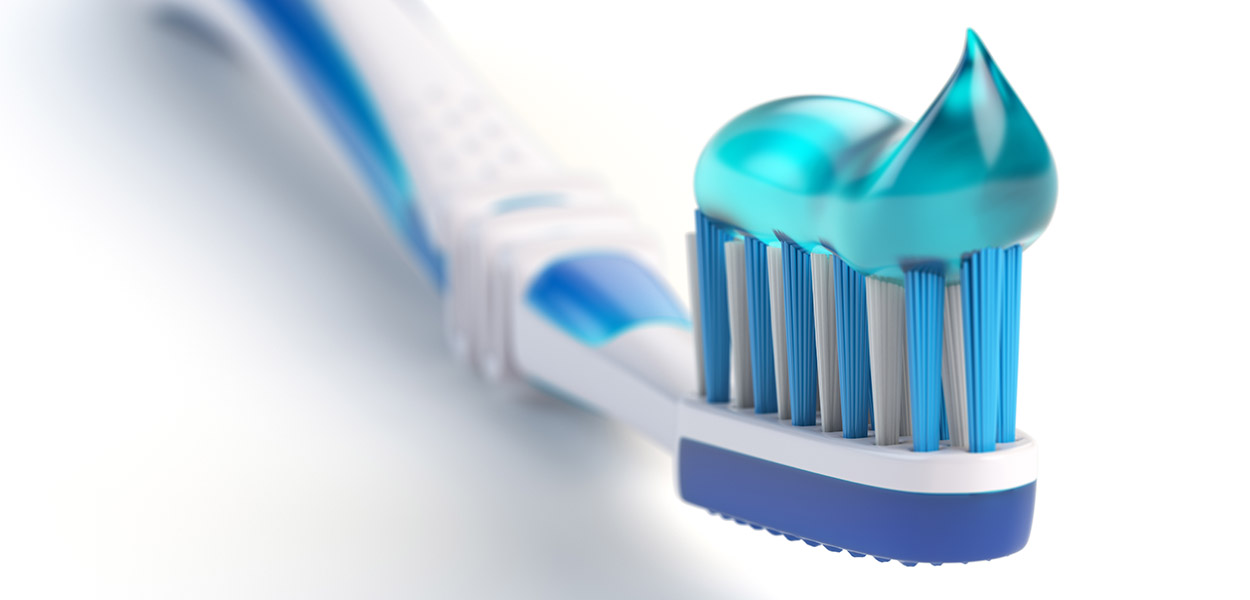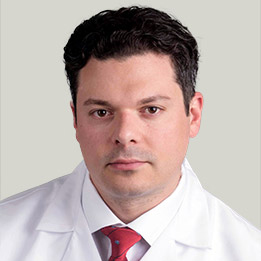Brush Your Teeth With Braces

People have been brushing their teeth for thousands of years. In fact, the first “toothbrush” was created around 3000BC. Studies show that ancient civilizations used a thin twig with a frayed edge to rub against their teeth for cleaning. Luckily for us, in today’s society we have advanced a lot from that twig! Brushing and flossing properly, along with regular dental checkups, can help prevent tooth decay and gum disease.
While in any phase of orthodontic treatment, proper dental hygiene and care is even more important. Food can get stuck on your braces, or any types of functional appliance you may have, and cause staining, tooth decay, gum disease, and bad breath.
Gingivitis and periodontitis are the two main stages of gum disease. Without the proper treatment for gum disease, the teeth will eventually become loose, fall out or have to be removed by a dentist. Over the years, through increasing evidence and facts, the American Academy of Periodontology has found that dental problems like periodontal diseases causes other serious health problems. Periodontal bacteria can enter the blood stream and travel to major organs and begin new infections. The research suggests that periodontal disease may contribute to such things as the development of heart disease and increase the risk of stroke. It can also pose a serious threat to people who have diabetes, respiratory diseases and osteoporosis. Not to worry though, there are early signs of gum disease that can help you detect and fight it before it becomes a serious problem. A few signs could be;
-Bleeding gums during brushing and flossing
-Red, tender or swollen gums
-Sensitive teeth or pain on chewing
-Loss of attachment between teeth and gums, known as pocket creation
When detected in its early stages gum disease can be reversed, so make sure you see your dentist or orthodontist if you notice any of the symptoms.


